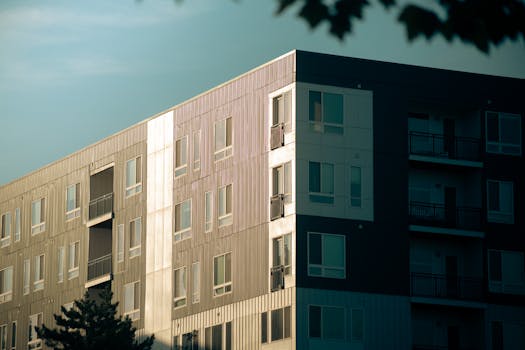Reno's Rental Market: A Closer Look
As the "Biggest Little City in the World," Reno, Nevada, has been experiencing a dynamic shift in its rental market, driven by economic growth, tech influxes, and a burgeoning population. With its proximity to Silicon Valley, Reno has attracted a range of new residents, from young professionals to retirees. This article delves into the current state of Reno's rental market, examining the main approaches to finding rental housing and their respective pros and cons.
Overview of Reno's Rental Market
Reno's rental market has been heating up due to several factors, including its expanding job market, relatively lower cost of living compared to California, and appealing lifestyle. According to recent data, the average rent for an apartment in Reno is approximately $1,400, a significant increase from previous years (Source: Zillow.com). This surge is pushing potential renters to consider various methods of securing housing in the city.
Traditional Apartment Rentals
Advantages: Traditional apartment rentals in Reno offer amenities such as maintenance, security, and community facilities, which are appealing to many renters. These properties are often professionally managed, ensuring a level of reliability and service that can be absent in other rental arrangements.
Disadvantages: However, the rising demand has led to increased prices. Moreover, traditional apartments often require long-term lease commitments and may have less flexibility in terms of personalization and pet policies.
Practical Example: Consider the popular Midtown District where renovated apartments offer proximity to shops and restaurants but at a premium price, illustrating the trade-off between convenience and cost.
Renting Single-Family Homes
Advantages: Renting a single-family home in Reno provides more space and privacy, a desirable factor for families or those working from home. These rentals often come with yards and garages, providing a more homelike environment.
Disadvantages: The costs associated with renting a single-family home are generally higher than those for apartments. Maintenance responsibilities can also fall on the renter, unlike in managed apartment complexes.
Practical Example: In suburban areas like South Reno, single-family homes are a popular option, offering quieter environments and more space, but at higher rental prices and additional upkeep responsibilities.
Short-Term Rental Options
Advantages: With the rise of platforms like Airbnb, short-term rentals have become a flexible option for many, particularly temporary residents or those new to the area. These rentals often come fully furnished, offering considerable convenience.
Disadvantages: Short-term rentals are typically more expensive per night compared to traditional leasing options. They also lack the stability of longer-term rentals, with prices potentially fluctuating based on season and demand.
Practical Example: Near the University of Nevada, Reno, short-term rentals cater to visiting academics and families of students, providing flexibility but at a cost premium during school events and graduations.
Rent-to-Own Programs
Advantages: Rent-to-own schemes in Reno offer a pathway to homeownership for those who might not immediately qualify for a mortgage. These arrangements allow renters to build equity over time and lock in a purchase price.
Disadvantages: These programs can be more complex than standard rental agreements, often requiring higher upfront payments. Additionally, if the renter decides not to purchase, they can lose out on the equity they have built.
Practical Example: In developing areas like North Valleys, rent-to-own programs can be enticing for those looking at long-term investment and stability but wary of immediate purchasing.
Conclusion: Navigating Reno's Rental Market
Reno's rental market offers a variety of options tailored to different needs and circumstances. While traditional apartments offer convenience and amenities, renting a single-family home might be better suited for those looking for more space. Short-term rental options provide flexibility, whereas rent-to-own programs can pave the way for future homeownership.
Potential renters should consider their priorities, such as budget, flexibility, and long-term goals when choosing their rental approach in Reno. For those unsure about the best option, consulting with real estate professionals and conducting thorough research is advisable. As Reno continues to grow, staying informed and adaptable will be key to successfully navigating its rental market.

.png)





